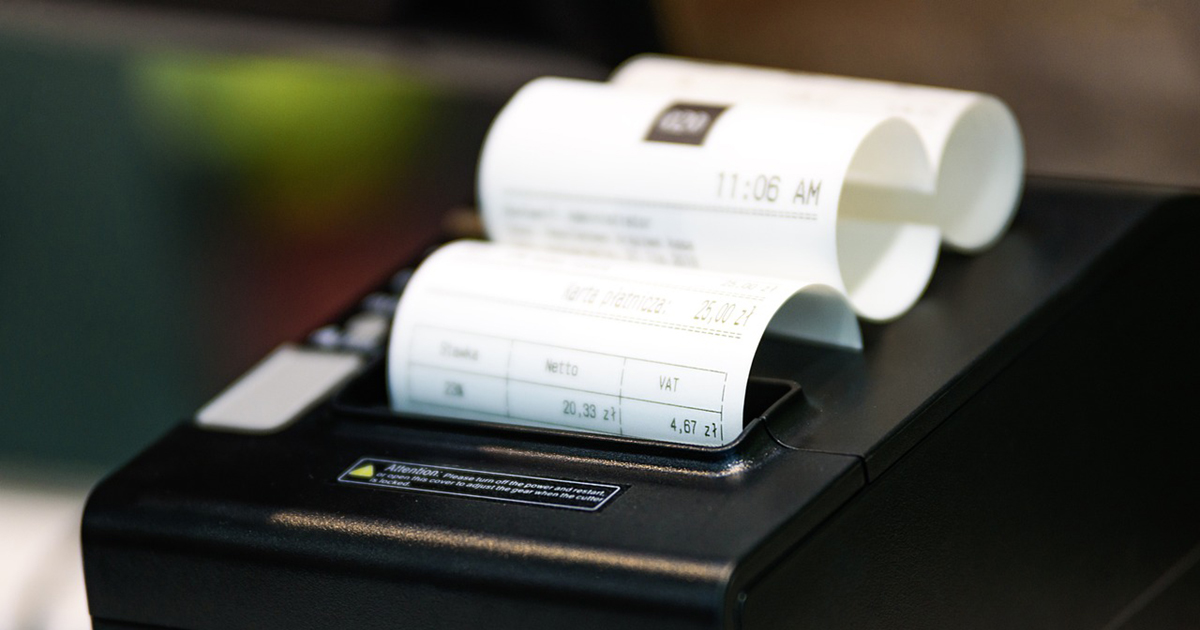Among the most common documentation of the operations they carry out on a daily basis are the receipts they issue to their customers when the sales are made. However, the differences between invoice and ticket and when each of them is used are not always clear.
What is an invoice
An invoice is a document that is legally valid and is issued when a sale of products or services occurs. It is created both in cases of transactions between companies and between individuals.
The invoice includes all the details of the operation, it being necessary that the following elements be found on it:
- Series and invoice number.
- Date on which it is issued.
- Fiscal data of the issuer and receiver, detailing name, NIF or CIF and fiscal address.
- Products and services object of the sale.
- Unit price of each product or service without taxes and the quantity purchased of each of them.
- Tax base on which taxes are calculated, such as VAT or personal income tax.
- Tax rate applied and resulting rate.
For the invoice to have legal validity, it is necessary to include all the elements mentioned. Otherwise it would be a supporting document but could not be considered an ordinary invoice.
What is a ticket
A ticket, also known as a simplified invoice, is a proof of payment that is usually issued by a company to a final consumer. It is often used in national operations.
Although previously there were differences between the ticket and the simplified invoice, in 2013 a new regulation was approved where they were matched, granting both documents the same utility.
The main purpose of the ticket is to serve as proof of a transaction and make it possible to request returns. Although it indicates the products that are purchased, the price and the total amount of the transaction do not include details of each of the elements or the taxes that apply.
Differences between invoice and ticket
The differences between invoice and ticket are:
- The sender and receiver data that appear in the document. The invoice includes those of both and the ticket only of the issuer.
- Clients to whom they are issued. The ticket is directed only to final consumers and the invoice can be generated for all types of buyers.
- Content. The invoice includes the details of the products and also the taxes, but the ticket or simplified invoice does not.
- Quick and easy issuance. The invoice requires some data to be created, which means that it takes longer than the ticket to prepare.
- Purpose. The ticket serves as proof of purchase and facilitates the billing process for companies that sell to the final consumer. On the other hand, the invoice has legal validity before all the organisms.
- VAT and personal income tax returns. The ticket cannot be deducted in the VAT declaration, although it can be deducted in the IRPF. Instead, the invoice can be included as a deduction in both taxes.
Use of invoice and ticket
The rule for all companies and the self-employed is that they have the obligation to issue an invoice for each operation in which they sell the products or services resulting from their activity. However, there are some cases in which a simplified invoice or ticket can be issued:
- When the amount with taxes included does not exceed 400 euros.
- When what is issued is a rectifying invoice.
- When the amount with taxes included does not exceed 3,000 euros, as long as they refer to the following operations:
- Retail sales. Those of product manufacturers and ambulance sales or services are included, as well as sales to the consumer’s home.
- Transportation of people and their luggage, hairdressing services and beauty institutes, use of sports facilities and development of photographs, as well as photographic studio services.
- Hotel and restaurant services provided by restaurants, bars, cafeterias, and similar establishments, supply of drinks or food to be consumed on the spot, and services of dance halls and discos.
- Telephone services provided through the use of telephone booths for public use, as well as through cards that do not allow the identification of the bearer.
- Parking and vehicle parking, movie rentals, dry cleaning and laundry services, and use of turnpikes.
The differences between invoice and ticket are many, although sometimes they can be confused. The ticket serves as proof of an operation carried out with a final consumer in which basic data is included and cannot be deducted in the VAT return. On the other hand, the invoice is a legally valid document that includes all the data of the issuer, receiver, products and taxes, which can be issued to all types of users and is included as a deduction for both VAT and personal income tax.
Further information
This article is part of our service Business consulting. Visit this section where you will find all the useful information on this topic, including a complete guide on How to start a business in Spain as a foreigner.
Solve your doubts
✅ Our staff speaks perfectly Spanish, Valencian, English and German with what will be able to communicate with us in your own language and thus clearly resolve your queries.
📍 Denia – Plaza del Convento, 6 – Mezzanine floor door B
📍 Valencia – Calle Creu Roja, 1 – Block 6, Floor 1, door 10 (* only by appointment)
✉📞 Contact: info@firmalex.com – Tel. +34 966 421 416 – Whatsapp +34 622 497 615



